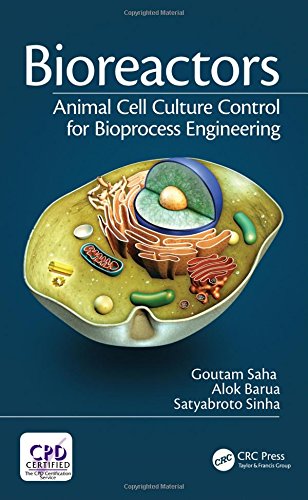

Most ebook files are in PDF format, so you can easily read them using various software such as Foxit Reader or directly on the Google Chrome browser.
Some ebook files are released by publishers in other formats such as .awz, .mobi, .epub, .fb2, etc. You may need to install specific software to read these formats on mobile/PC, such as Calibre.
Please read the tutorial at this link: https://ebookbell.com/faq
We offer FREE conversion to the popular formats you request; however, this may take some time. Therefore, right after payment, please email us, and we will try to provide the service as quickly as possible.
For some exceptional file formats or broken links (if any), please refrain from opening any disputes. Instead, email us first, and we will try to assist within a maximum of 6 hours.
EbookBell Team

4.3
68 reviewsBioreactors: Animal Cell Culture Control for Bioprocess Engineering presents the design, fabrication, and control of a new type of bioreactor meant especially for animal cell line culture. The new bioreactor, called the "see-saw bioreactor," is ideal for the growth of cells with a sensitive membrane. The see-saw bioreactor derives its name from its principle of operation in which liquid columns in either limb of the reactor alternately go up and down. The working volume of the reactor is small, to within 15 L. However, it can easily be scaled up for large production in volume of cell mass in the drug and pharmaceutical industries.
The authors describe the principle of operation of the see-saw bioreactor and how to automatically control the bioprocess. They discuss different control strategies as well as the thorough experimental research they conducted on this prototype bioreactor in which they applied a time delay control for yield maximization.
To give you a complete understanding of the design and development of the see-saw bioreactor, the authors cover the mathematical model they use to describe the kinetics of fermentation, the genetic algorithms used for deriving the optimal time trajectories of the bioprocess variables, and the corresponding control inputs for maximizing the product yield. One chapter is devoted to the application of time delay control. Following a description of the bioreactor’s working setup in the laboratory, the authors sum up their investigation and define the future scope of work in terms of design, control, and software sensors.